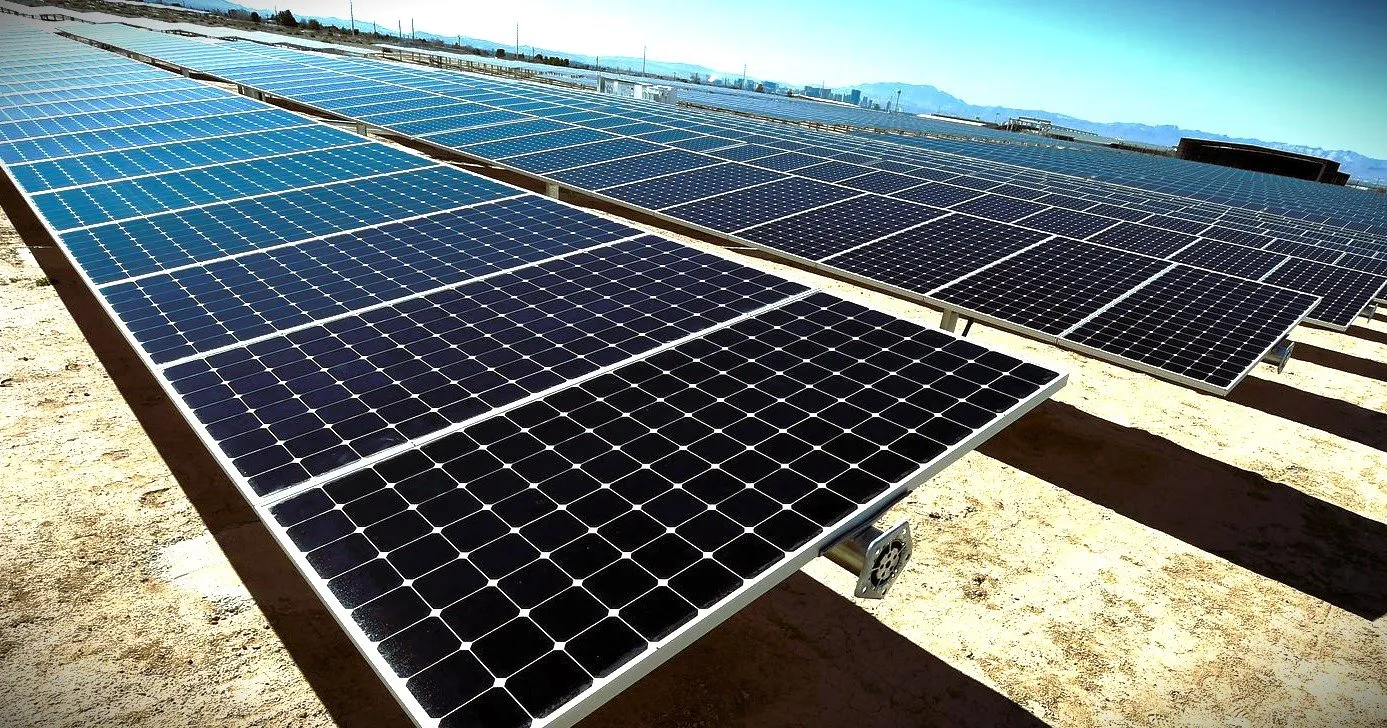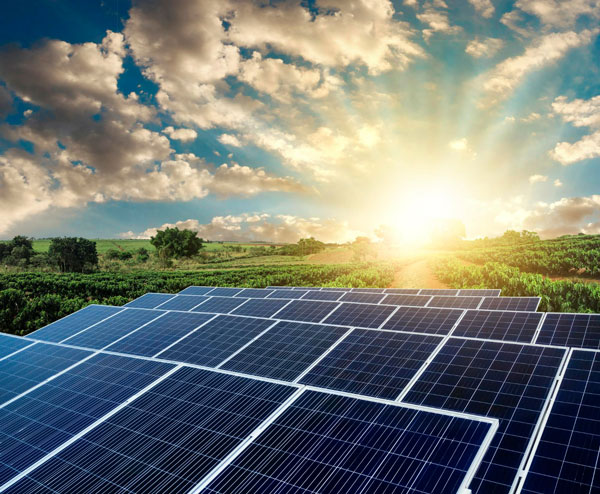5 Steps To Innovative Coatings That Improve Photovoltaic Efficiency
2024-05-31
Exploring Anti-reflective Coatings
Purpose of Anti-reflective Coatings in Photovoltaics Anti-reflective coatings greatly improve the efficiency of photovoltaic cells. They work by minimizing the light that is reflected off of the front surface of the cell. ARCs result in increased light absorption and, therefore, higher electrical output. An excellent coating can improve the performance of the silicon PV cell that starts at 14% by as much as 3 more percentage, which is crucial because this coefficient correlates with the return on investment and retained rate of the electrical output of solar cells using the aforementioned technology. Technologies and Materials The materials for this invention may vary, but silicon dioxide, as well as titanium dioxide, are some of the more prominent choices because of their refractive characteristics. They are usually applied and evenly layered using the plasma enhanced chemical vapour deposition, which allows all the gasses to pass at the same incident angle to the solar cell. The thickness of the coating is also a very crucial variable, and it is kept at such a level that the reflectance of all spectrums is minimized. The critical benchmark that this coating is designed to decrease is the reflectance at the point of 550 nm, which leads to the most efficient absorption of the visible light. Real-life Cases and Tests It should be noted that it has been successfully implemented in the photo-electric cells of this widely adopted technology. The most notable case is the Mojave Solar Park, one of the larges PV-centric parks in California which features ARCs on at least 20% of all of their solar panels. During their initial tests, its engineers claimed only a 5% average increase in efficiency whereas, in reality, the income from their solar panels eventually increased by hundreds of thousands per year, with no extra physical nor material resources used.
Advantages of Hydrophobic Surfaces
Benefits off Hydrophobic Coatings Conditions must be kept optimal for solar panels to function as designated sources of energy. For this reason, hydrophobic surfaces are deployed to minimize the need for manual cleaning. When water is put onto a hydrophobic surface, it beads in a similar fashion to oil on oilcloth. As it accumulates, the foamy fluid begins to roll off, removing dirt and dust as it goes. According to experts, soiling can result in a solar panel output loss of between 5 and 25%. In the dusty Middle East, efficiency was higher by 10 and 15% where the coating was in use than when it was not. Improved Light Absorption Given that water and dirt that collect on the surface dirt reduces the amount and saturation of light absorbed by solar panels. Analyzing and correctness of this argument is founded on the statistics which can be done on the surface when applied, and when unapplied. Hydrophobic coatings have been recorded to improve the operational efficiency of solar panels. When the device is used in the field, it was observed that the solar panels under the same conditions recorded equal losses of efficiency due to light scatter. Solar panels under treatment suffered less reduction in stands to logic that they are better in the function. Decreased Maintenance Costs Solar panel cleaning labor can be expensive, especially with the use of modern structures that span to full scale in solar farms. The use of hydrophobic surfaces means that solar panels can be cleaned after longer intervals. Considering that up to 10 to 30% of maintenance budgets are dedicated to cleaning equipment and manpower, this represents a major reduction in costs.Advances in Protective Coatings
Resilience to Environmental Stress Protective coatings are designed to provide physical and ultraviolet shielding for photovoltaic (PV) panels, mitigating the degradation effects of moisture, ultraviolet (UV) light, and the stresses of thermal cycling. The longevity of solar panels is correspondingly increased by protective coatings. Data from the Arizona test in summer showed that, typically, after 25 years of exposure, advanced protective coatings would maintain over 90% in efficiency while untreated panels were reduced to just 80% efficiency. UV Resistance The role of UV-resistant coatings is particularly important: exposure to sunlight can degrade fuel lines, hoses, and wiring. It would,be naive to expect the materials used in solar panels, especially the photovoltaic cells as well as the encapsulants, to resist degradation by UV light. Protective coatings that incorporate UV absorbers or blockers should reduce the rate of degradation. Tests in Southern California solar farms showed that panels coated with a protective coating lost efficiency at the rate of 0.5% per year compared to 1% in the case of uncoated panels. Thermal Management Thermal coatings are a new breed of coatings that reduce the temperature of the coating by reflecting infrared radiation. The innovative coating maintains the panel at a lower temperature in comparison to an uncoated panel. This is a particularly good property for solar panels because they lose performance as they heat up. Data from hot, humid, tropical applications in Indonesia clearly show a surface temperature reduction of over 5°C. Theoretical models suggest that such a temperature reduction would correspond to a gain of over 2% in efficiency at peak solar conditions. Cost-effectiveness A gas chromatograph analysis clearly shows a return on investment for the extra cost of coating because the panels suffer fewer efficiency losses and have a much longer period of no weathering. The break-even time for the extra cost of a protective coating was also calculated as five years.